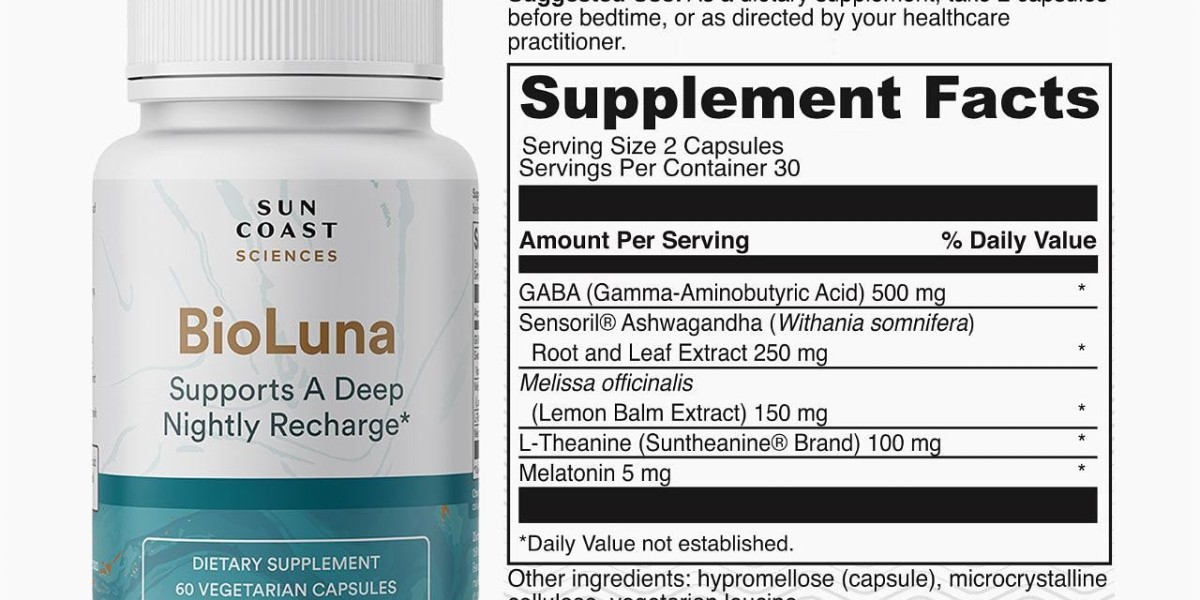Pigmentation issues, such as dark spots, uneven skin tone, and age spots, can affect individuals of all skin types. They often result from a variety of factors, including sun exposure, hormonal changes, aging, or even environmental damage. Finding the right pigmentation treatment clinic can help restore your skin's radiance and even tone. At Moyem Medical Aesthetics, we offer advanced and highly effective treatments that target pigmentation concerns and help our clients achieve clear, glowing skin.
In this article, we will explore the various treatments available for pigmentation issues, what to expect during your visit, and how to select the right clinic for your needs.
Understanding Pigmentation: Causes and Types
Pigmentation refers to the color of your skin, which is determined by melanin, the pigment responsible for skin, hair, and eye color. Excessive or uneven production of melanin can lead to pigmentation disorders. These can manifest as dark spots, freckles, or patches of discolored skin. The most common types of pigmentation include:
1. Sunspots (Solar Lentigines)
Sun exposure is a leading cause of pigmentation. Over time, UV radiation triggers excess melanin production, resulting in sunspots, often seen as dark patches on the face, hands, and décolletage. These spots are particularly common among people with fair skin.
2. Melasma
Melasma is a common pigmentation disorder, typically occurring during pregnancy (often referred to as the “mask of pregnancy”) or as a result of birth control use. It causes brown or gray-brown patches on the face, primarily on the cheeks, forehead, and upper lip.
3. Post-inflammatory Hyperpigmentation (PIH)
After an injury, acne, or any inflammation of the skin, the healing process can trigger excessive melanin production, leading to dark marks or scars. These marks are often stubborn and require targeted treatment.
4. Age Spots (Liver Spots)
Age spots appear as small, darkened areas on the skin as a result of aging. These spots are most commonly found on areas frequently exposed to the sun, such as the face, hands, and shoulders.
Pigmentation Treatment Options
When seeking treatment for pigmentation, it is important to choose a clinic that offers advanced, scientifically backed solutions. At Moyem Medical Aesthetics, we provide a range of treatments tailored to address different types of pigmentation. These treatments can help reduce the appearance of dark spots, even out skin tone, and restore a youthful complexion.
1. Laser Treatments for Pigmentation
Laser treatment is one of the most effective methods for reducing pigmentation issues. Various types of lasers target pigment by using light energy to break down the melanin in the skin.
Fractional CO2 Laser
The fractional CO2 laser is a powerful treatment for hyperpigmentation. It works by creating micro-injuries in the skin, which stimulates collagen production and accelerates skin renewal. This treatment targets deep layers of skin, making it ideal for more severe pigmentation concerns such as melasma or sunspots.
Q-Switched Nd:YAG Laser
The Q-switched Nd:YAG laser is known for its ability to break down melanin in the skin without damaging surrounding tissues. It is highly effective for treating sunspots, age spots, and post-inflammatory hyperpigmentation. This non-invasive treatment is fast, with minimal downtime.
PicoSure Laser
PicoSure is one of the latest advancements in laser technology. It uses short bursts of energy to target and break down pigment in the skin. The advantage of PicoSure is its ability to treat stubborn pigmentation, including deep melasma, with reduced risk of side effects and faster recovery times.
2. Chemical Peels for Pigmentation
Chemical peels involve applying a solution to the skin to exfoliate the outer layers and encourage skin renewal. Chemical peels can be customized to address different pigmentation issues. The most common types used for pigmentation are:
Glycolic Acid Peels
Glycolic acid, a type of alpha hydroxy acid (AHA), is commonly used in chemical peels to treat hyperpigmentation. It exfoliates the skin and helps to lighten dark spots by promoting cell turnover.
Salicylic Acid Peels
Salicylic acid peels are beneficial for treating post-inflammatory hyperpigmentation and acne scars. They help to deeply cleanse pores and reduce inflammation, leading to an improvement in pigmentation over time.
TCA Peels
Trichloroacetic acid (TCA) peels are often used for more severe cases of pigmentation, including melasma and deep sunspots. They penetrate deeper into the skin, removing damaged layers and stimulating the production of healthy skin cells.
3. Topical Treatments
Topical treatments, including serums and creams, can be effective for reducing pigmentation when used consistently over time. Common ingredients found in pigmentation-lightening products include:
Vitamin C
Vitamin C is a potent antioxidant that helps to brighten the skin, reduce dark spots, and even out skin tone. It works by inhibiting melanin production and encouraging the growth of healthy skin cells.
Hydroquinone
Hydroquinone is one of the most commonly prescribed topical treatments for hyperpigmentation. It works by reducing melanin production, helping to lighten dark spots and even out skin tone. It is often used in conjunction with other treatments for enhanced results.
Retinoids
Retinoids, including tretinoin, can help speed up skin turnover, preventing the buildup of melanin and promoting the removal of pigmented cells. Retinoids are particularly effective when used in combination with other treatments such as chemical peels.
4. Microneedling for Pigmentation
Microneedling is a minimally invasive procedure that involves using tiny needles to create micro-injuries in the skin. This process stimulates collagen production and enhances the absorption of topical treatments. Microneedling can be effective for reducing the appearance of dark spots, acne scars, and melasma.
Choosing the Right Pigmentation Treatment Clinic
When selecting a pigmentation treatment clinic, it is crucial to consider a few key factors to ensure the best possible results:
1. Expertise of the Practitioners
The clinic should have qualified dermatologists or licensed medical professionals with extensive experience in treating pigmentation. A consultation should be part of the process to evaluate your skin condition and recommend the most effective treatment options.
2. Personalized Treatment Plans
A reputable clinic will assess your skin type, concerns, and goals to create a customized treatment plan. One-size-fits-all solutions rarely provide the best results for pigmentation issues, so personalized care is essential.
3. State-of-the-Art Technology
Choose a clinic that uses the latest technology and equipment for pigmentation treatments. Advanced lasers, microneedling devices, and high-quality chemical peels will ensure optimal results with minimal downtime.
4. Reputation and Reviews
Before committing to a treatment, it is important to research the clinic’s reputation. Look for patient reviews and testimonials to gauge the quality of their treatments and customer service.
5. Post-Treatment Care
A good clinic will provide detailed post-treatment care instructions to ensure the best possible recovery and results. Follow-up appointments should also be available to monitor progress and make adjustments if necessary.
Conclusion
Pigmentation treatments can significantly improve the appearance of the skin, leading to a brighter, more even complexion. Whether you are dealing with sunspots, melasma, or acne scars, choosing the right treatment clinic is essential for achieving lasting results. At Moyem Medical Aesthetics, we offer a range of advanced pigmentation treatments tailored to your unique needs. Our experienced practitioners, cutting-edge technology, and personalized approach ensure that you receive the best care and the most effective solutions for your skin concerns. Contact us today to schedule your consultation and take the first step towards clearer, more radiant skin.








